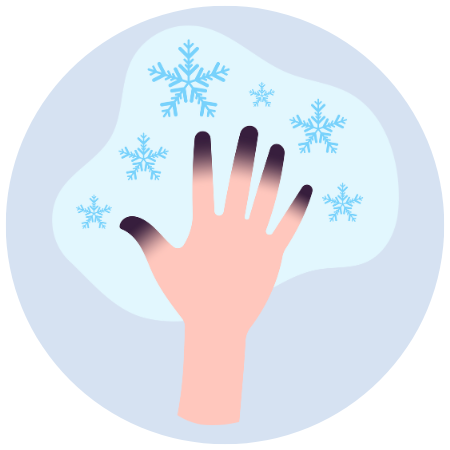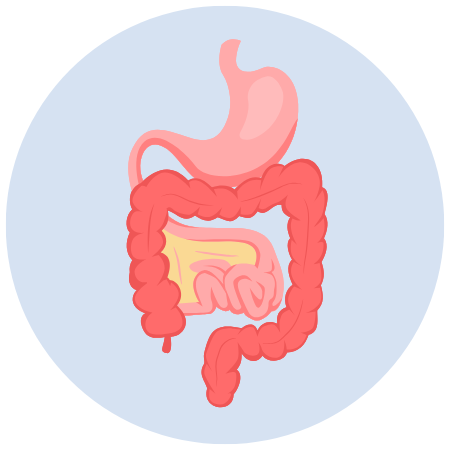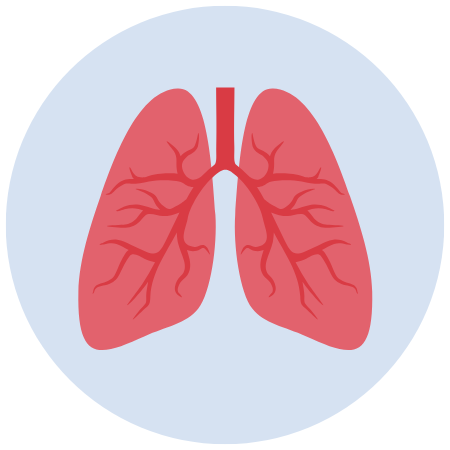Symptoms of Scleroderma
|
|
SKIN
|
|
|
|
|
DIGESTIVE SYSTEM Esophageal involvement can cause heartburn, regurgitation and difficulty swallowing. Involvement of the small intestine may cause an intestinal obstruction and reduce the ability to absorb food. Involvement of the digestive system, particularly the esophagus (swallowing tube), occurs in nearly all SSc patients. Gastroesophageal reflux is acid regurgitation in the esophagus that manifests itself by a burning sensation in the throat after meals. If left untreated, it may cause inflammation of the esophagus and lead to a narrowing (stricture) which might then require esophageal dilatation. In rare cases, it may develop into cancer of the esophagus due to long-term inflammation in the throat from ongoing acid reflux.
|
|
|
LUNGS AND THEIR BLOOD VESSELSAn abnormal elevation of blood pressure in the pulmonary arteries, also known as pulmonary arterial hypertension (PAH), develops in about 10% of SSc patients. This is a serious complication that can lead to death if not treated appropriately. Although patients with pulmonary arterial hypertension are usually short of breath with exercise, screening for this condition is critical and should be done regularly even if the patient does not have any symptoms. This screening helps your doctor determine if your lung condition requires treatment. Regular ultrasounds of the heart (echocardiogram) are recommended, — in most cases, yearly. PAH is not the only kind of lung disease that may occur in SSc patients. Interstitial lung disease (ILD), also called pulmonary fibrosis (PF), is another serious complication. The most common symptoms are shortness of breath and dry cough. To check for early signs of ILD, your physician might prescribe chest X-rays and pulmonary function tests.
|
|
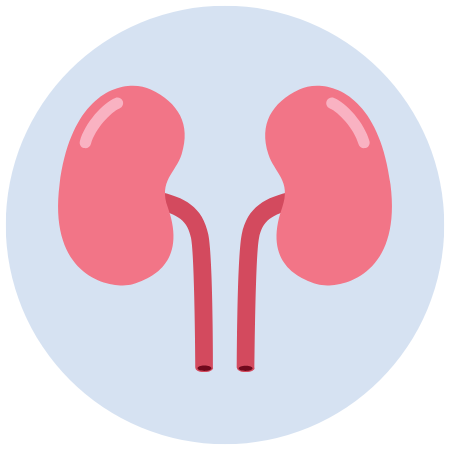 |
KIDNEYSThe most severe complication affecting the kidneys, called scleroderma renal crisis (SRC), occurs in about 5% of SSc patients. The main sign is an increase in blood pressure. This may be accompanied by shortness of breath, headaches, vision changes or an altered state of consciousness. Patients experiencing this complication usually require temporary, or sometimes permanent dialysis. It should be noted that those who take steroids (e.g. Prednisone) or have diffuse skin involvement are at greater risk of developing SRC.
|
|
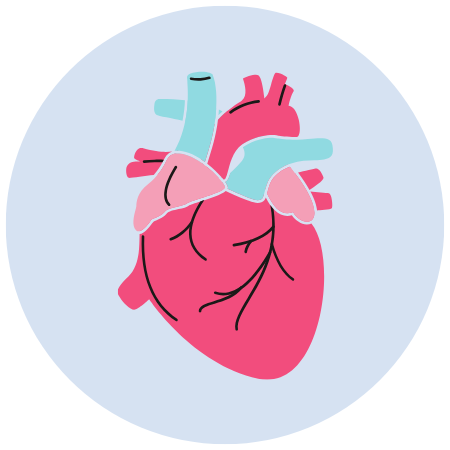 |
HEARTHeart problems caused by scleroderma may be due to direct issues from scleroderma or indirect issues to the heart from either scleroderma-related lung issues or high blood pressure. Patients who have heart involvement may experience increased tiredness, feel easily short of breath, or notice abnormal heartbeats.
|
Other Manifestations
- Some patients may lose a significant amount of weight, while others will experience a persistent pruritus (itchy skin).
- Arthritis (joint pain and swelling) and muscle weakness may also occur.
- Fatigue and depression decrease the ability to carry out daily activities and reduces the quality of life.
Since each case is unique, no two patients will follow the same course of the disease.
Main Symptoms Reported by Patients:
In a study (Taillefer et al., 2010), a list of 69 symptoms was submitted to patients to assess their frequency and severity.
The five most frequently self-reported symptoms were:
- Fatigue
- Raynaud’s Phenomenon
- Stiffness in the hands
- Joint pain
- Difficulty in making a fist
The most bothersome symptoms were reported as fatigue, trouble sleeping, joint pain, difficulty concentrating, and difficult in making a fist.






